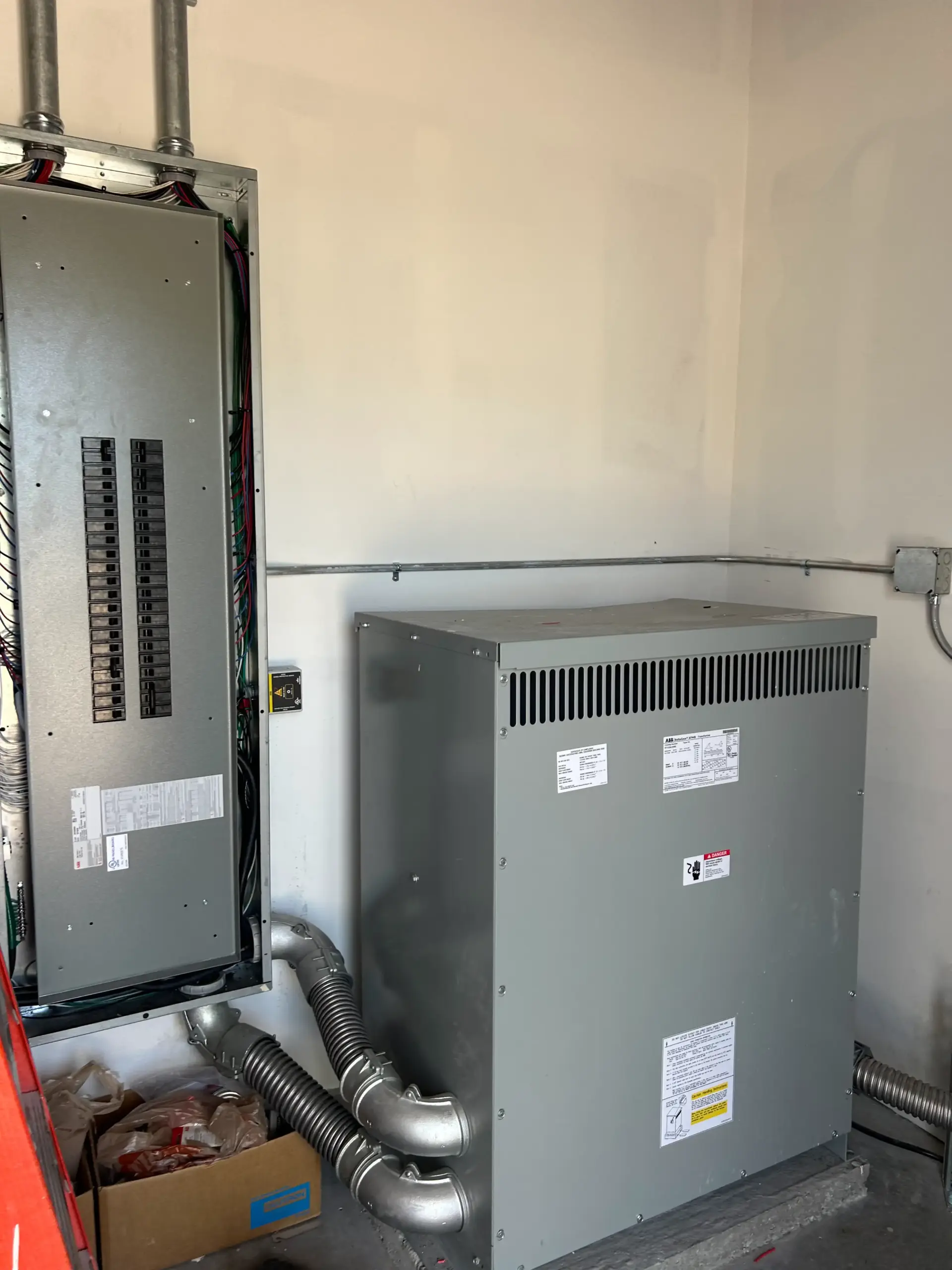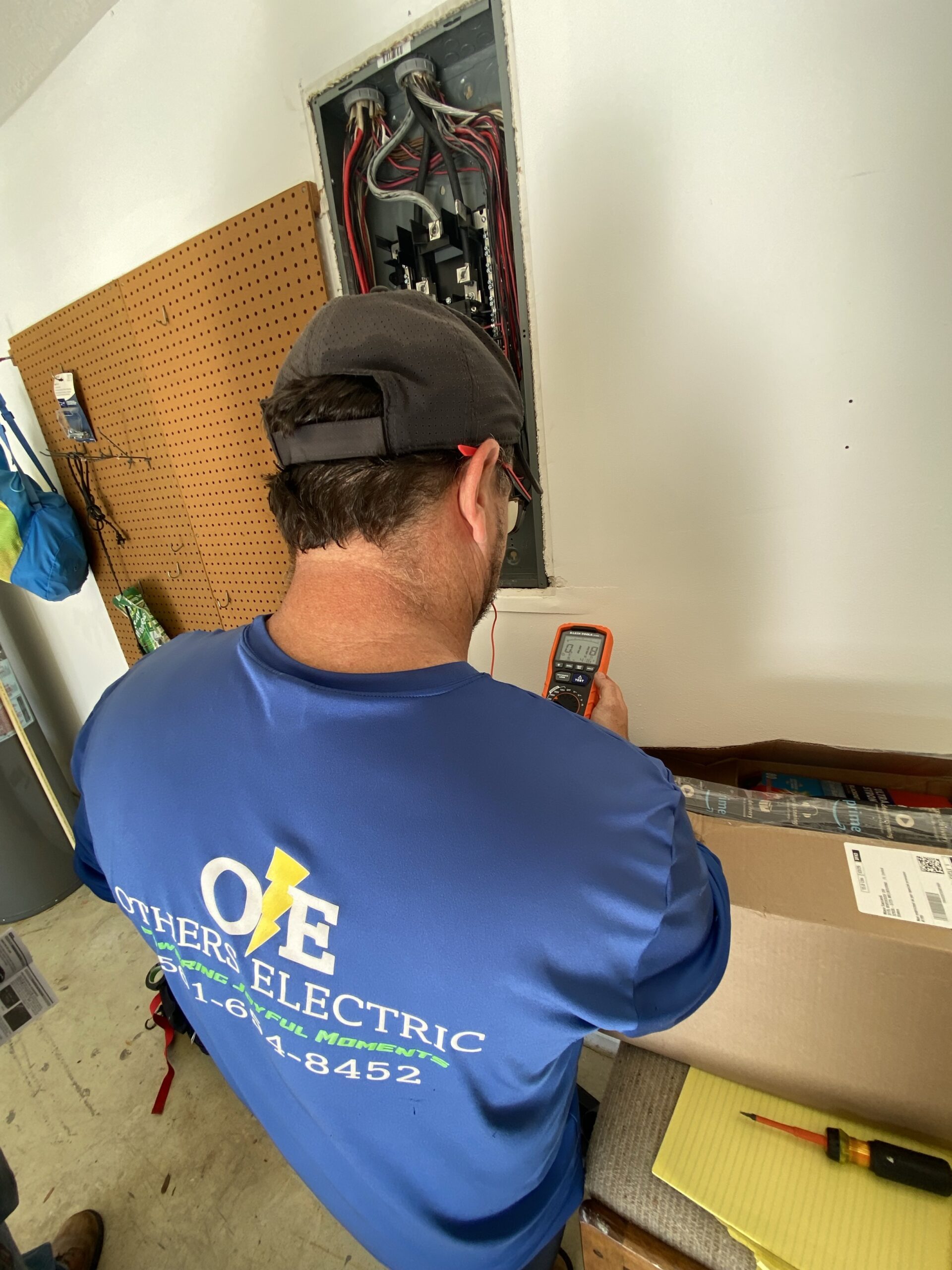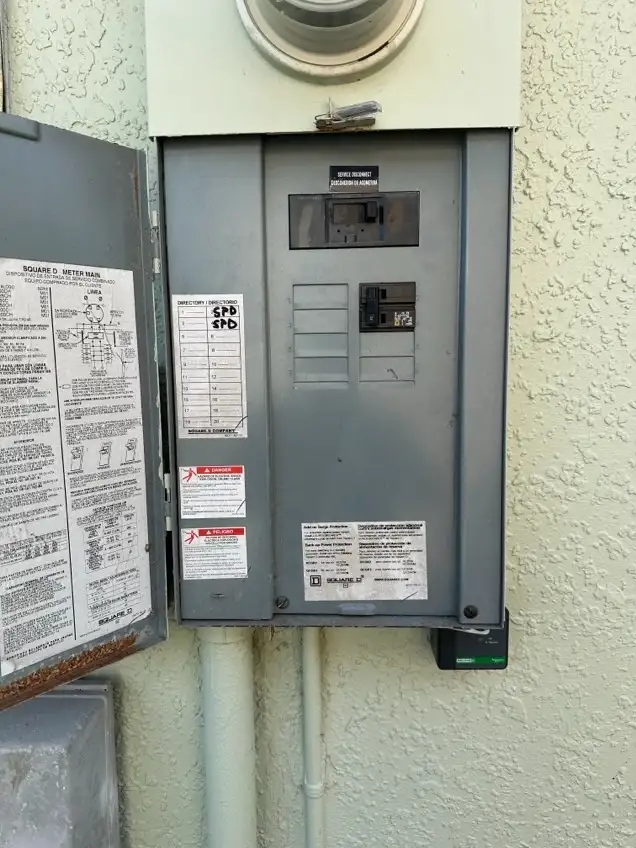Electric generators can be invaluable tools during power outages, natural disasters, or even for everyday use when additional power is needed. You might be wondering how to use an electric generator safely and effectively. Whether you need to keep your refrigerator running, power tools for a project, or enjoy some lights during a camping trip, understanding how to use an electric generator safely and effectively is essential. This article will guide you through the steps of using an electric generator, important safety considerations, and tips for maintenance and storage.
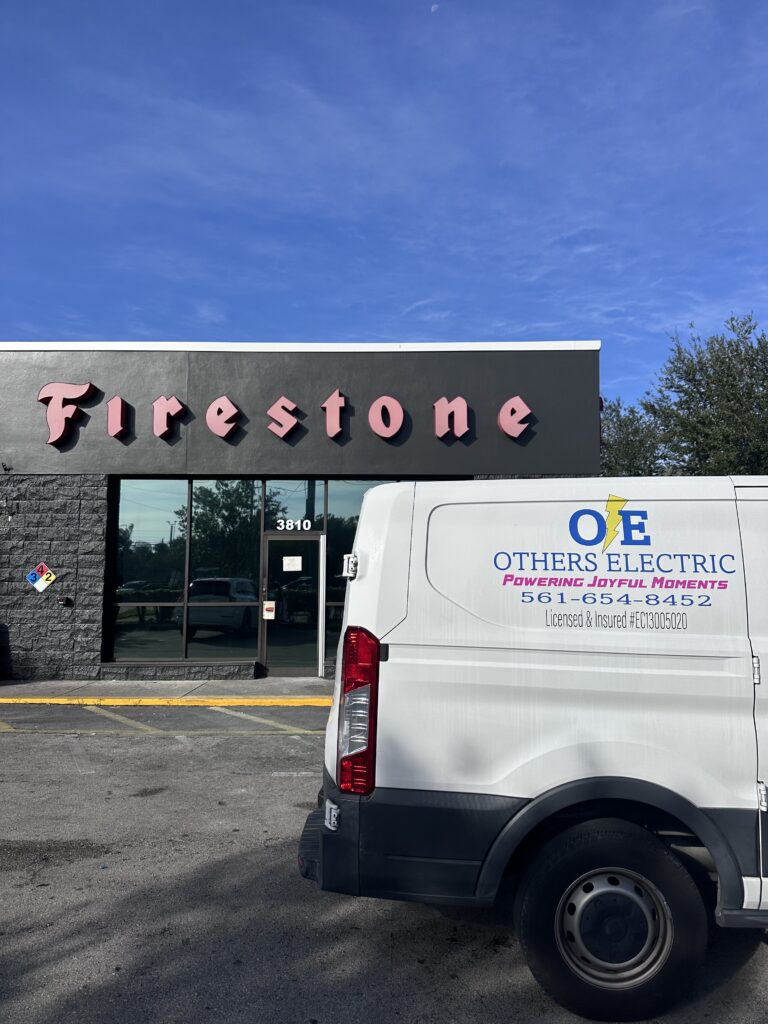
Understanding Your Generator
Before you can effectively use an electric generator, it’s crucial to understand the type of generator you have. There are primarily two types of electric generators: portable and standby.
Portable Generators
Portable generators are versatile and can be moved easily. They are commonly used for temporary power needs, such as outdoor events, camping, or backup power during outages. These generators usually run on gasoline or propane and provide a specific wattage output, so it’s important to know your generator’s wattage capacity.
Standby Generators
Standby generators are permanently installed and automatically provide power during an outage. These generators are connected directly to your home’s electrical system and can run on natural gas or propane. Standby generators usually have a higher wattage capacity than portable generators and require professional installation.

Preparing to Use Your Generator
Before using your generator, it’s essential to read the owner’s manual thoroughly. The manual contains vital information about the specific model you own, including safety precautions, operating procedures, and maintenance schedules. Familiarizing yourself with the manual will help ensure you use the generator correctly and safely.
The location where you operate your generator is crucial for safety. Always place your generator outdoors in a well-ventilated area, away from doors, windows, and vents. This helps prevent carbon monoxide (CO) from entering your home, which can be deadly. A distance of at least 20 feet is recommended. Avoid placing your generator in a garage, shed, or enclosed area, even if doors and windows are open, as CO can build up quickly.
For portable generators, ensure you have an adequate fuel supply. Always use fresh fuel, as stale fuel can cause the generator to perform poorly. If using gasoline, consider adding a fuel stabilizer if you expect to store the fuel for an extended period. For propane, ensure your tank is full and properly connected to the generator.
Starting Your Generator
When preparing to start your generator, it’s essential to wear appropriate safety gear, including gloves and eye protection. This will protect you from potential hazards while handling fuel or operating the generator. Make sure all appliances you plan to power are turned off and unplugged to prevent a sudden overload when the generator starts. If your generator has a choke, set it to the “choke” position before starting.
To start a portable generator, ensure it is on a level surface and has adequate ventilation. Turn on the fuel valve, if your generator has one, and then firmly grasp the starter cord and pull it quickly until the engine starts. You may need to pull a few times, so be patient. Once the generator starts, switch the choke back to the “run” position, if applicable. For standby generators, they typically start automatically during a power outage, but you may need to follow specific instructions to ensure it operates correctly.

Connecting Appliances
Once your generator is running, the next step is to connect your appliances. For portable generators, it is essential to use heavy-duty extension cords rated for outdoor use. Ensure the cords are in good condition and rated for the wattage of the appliances you plan to connect. Avoid using worn-out cords or those with exposed wiring.
To prevent overloading the generator, prioritize which appliances you need to run. Check the wattage requirements of each appliance and add them up to ensure they do not exceed the generator’s capacity. If you’re unsure, consult the owner’s manual for the generator’s specifications. Once your generator is running and appliances are connected, turn on the appliances one at a time. This will help manage the load on the generator and prevent a sudden spike in wattage, which could cause the generator to shut down.
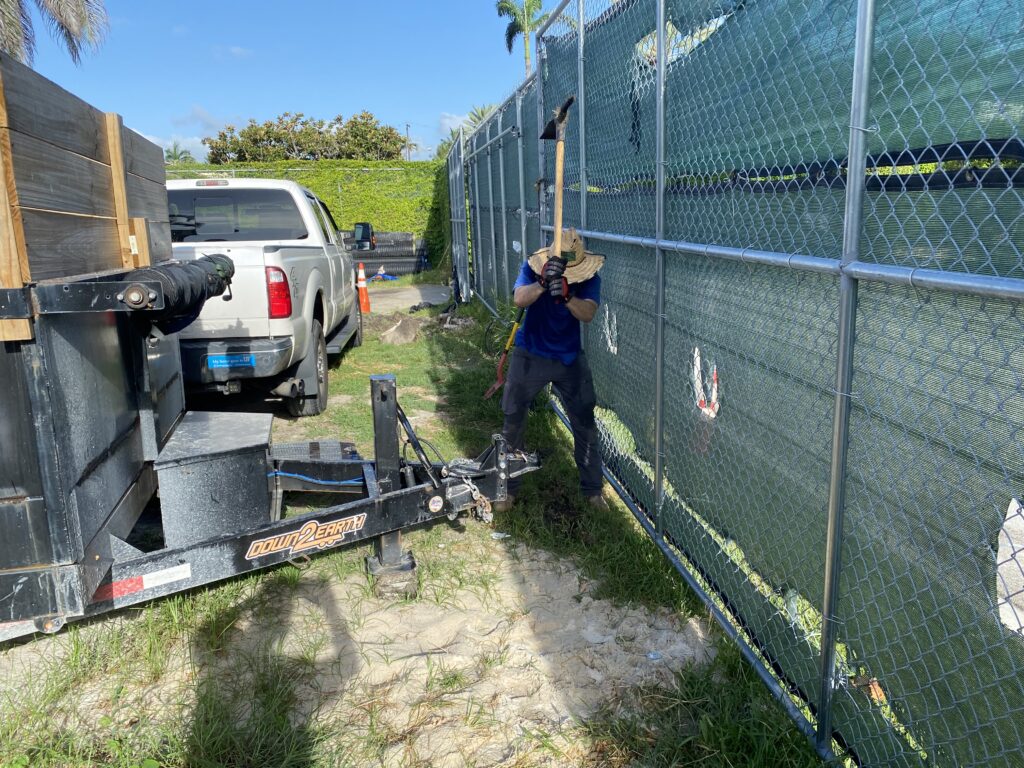
Safety Considerations
Using an electric generator comes with safety responsibilities. One of the most critical aspects is carbon monoxide awareness. Always operate your generator outdoors and away from any openings in your home. Installing battery-operated CO detectors in your home can monitor for dangerous levels of carbon monoxide.
It’s also important to avoid overloading your generator. Never exceed its wattage capacity, as overloading can cause damage to the generator and connected appliances. Always monitor the load while the generator is in operation. Additionally, proper fuel handling is essential; store fuel in a safe, approved container away from direct sunlight and out of reach of children. Never refuel your generator while it is running, as this increases the risk of fire. Allow the generator to cool down before refueling to avoid ignition.
Before shutting down the generator, make sure to turn off and unplug all appliances. This will prevent a surge of electricity when you start the generator again, helping to protect both your appliances and the generator itself.
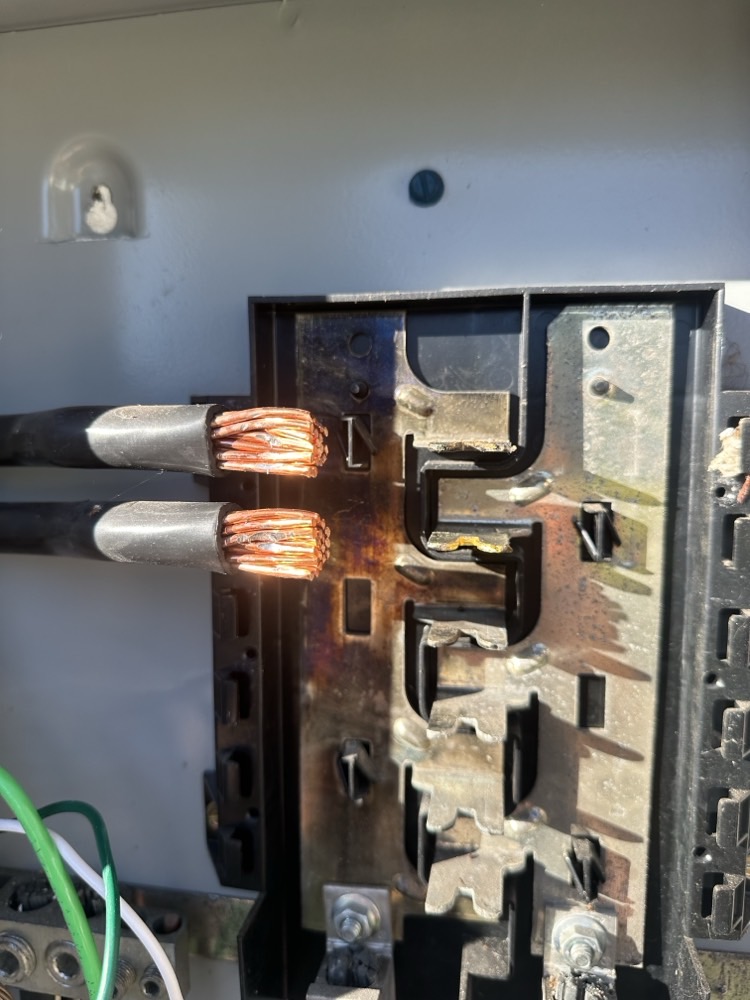
Maintaining Your Generator
To ensure your generator operates smoothly and lasts for many years, it is essential to follow maintenance tips. Regular inspections should be part of your routine. Periodically check your generator for any signs of wear and tear, including loose connections, frayed cords, or rust. Address any issues promptly to prevent further damage.
Regular oil changes are also vital for generator maintenance. Most generators require oil changes after every 50 hours of use or annually, whichever comes first. Inspect and clean air filters regularly to ensure optimal performance, as clogged filters can reduce the efficiency of the generator. For standby generators, check the battery regularly, especially before hurricane season or long periods of inactivity. Ensure the battery terminals are clean and corrosion-free.
Storage Tips for Generators
When not in use, it’s important to store your generator properly to ensure it remains in good working condition. If you won’t be using your generator for an extended period, consider emptying the fuel tank or adding a fuel stabilizer to prevent the fuel from degrading. Store the generator in a dry, well-ventilated area, and use a cover specifically designed for generators to protect it from dust, debris, and moisture.
Even when not in use, periodically check your generator for any signs of damage or wear. This proactive approach will help ensure it’s ready when you need it.
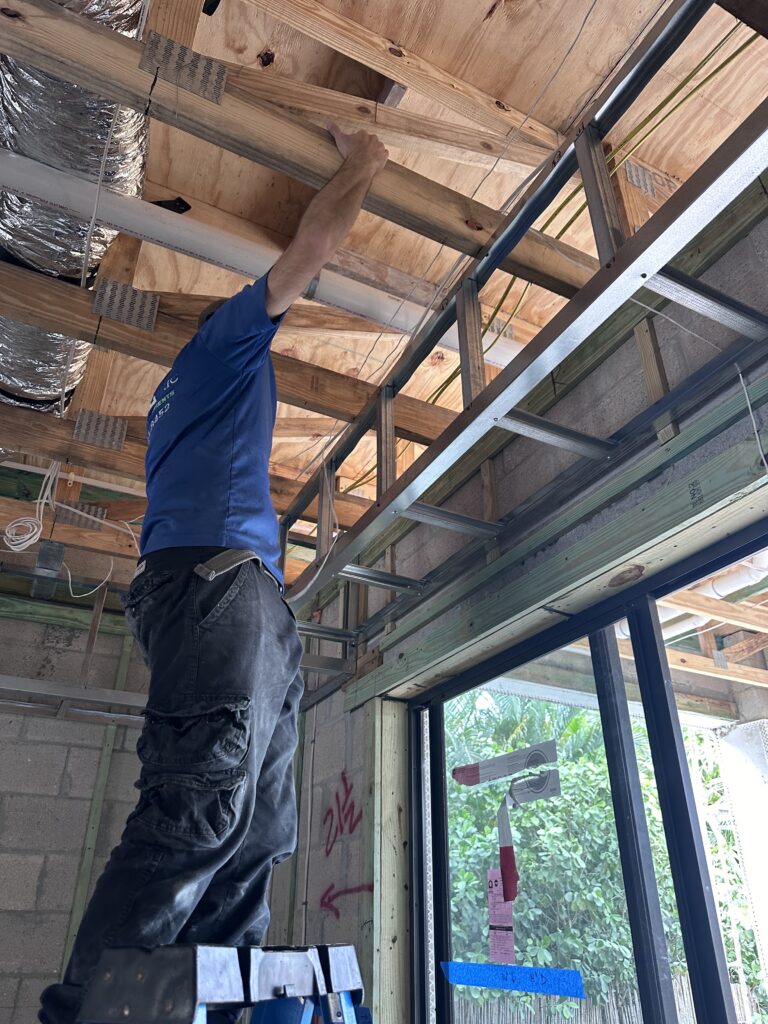
Conclusion
Using an electric generator effectively can significantly improve your comfort and safety during power outages or emergencies. By understanding the different types of generators, preparing properly, and following safety guidelines, you can ensure that your generator operates smoothly when you need it most.
If you’re considering purchasing or installing an electric generator, Others Electric is here to help. Our experienced technicians can assist you in selecting the right generator for your needs and provide professional installation and maintenance services to ensure your generator operates safely and efficiently. Don’t wait until the next power outage—contact Others Electric today to learn more about how we can help you stay powered and prepared!


